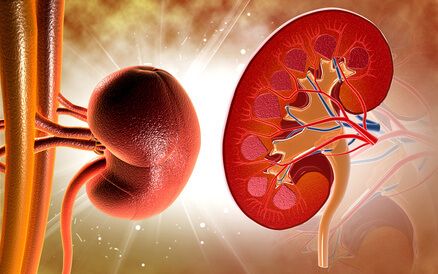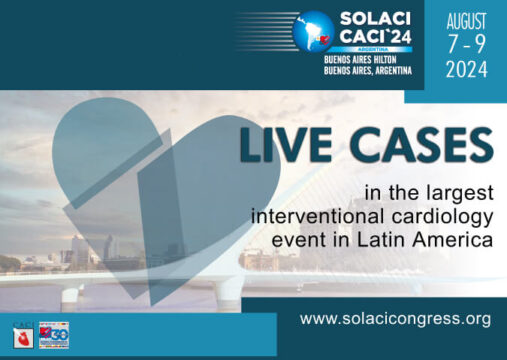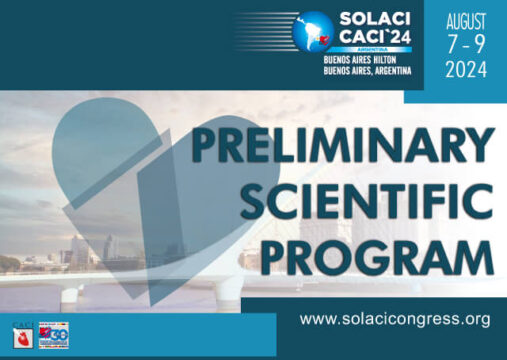This was a randomized study with 447 patients carried out to compare the 5-year evolution of TAVR using Evolut R and SAPIEN 3, as well as general anesthesia vs. conscious sedation.

Randomization was in two stages: first valve selection and later the anesthesia technique, that is, conscious sedation vs general anesthesia.
The populations were similar.
Primary end point included all cause death, stroke, moderate regurgitation to severe, and the need for pacemaker implantation at 5 years.
Five year outcomes did not show significant differences in primary outcomes (67.7% vs. 63.4%, p=0.34) between patients treated with Evolut R and SAPIEN 3, neither in all-cause mortality (48.5% vs. 47.6%), moderate to severe paravalvular leak (9% vs. 5.8%), or need for pacemaker implantation (29.6% vs. 22.8%).
Read also: Catheter-Based Therapy for Pulmonary Embolism: Lower Mortality and Rehospitalization?
However, there was higher incidence of stroke in the group treated with SAPIEN 3 (4.8% vs. 0.5%, p=0.001). Also, there were no significant differences in primary end point when looking at the anesthesia technique, or events separately.

Dr. Carlos Fava.
Member of the Editorial Board of SOLACI.org.
Original Title: Impact of valve type and anesthesia strategy for TAVI – 5-year results of the SOLVE-TAVI Trial.
Reference: Hans Josef Feistritzer.
Subscribe to our weekly newsletter
Get the latest scientific articles on interventional cardiology





